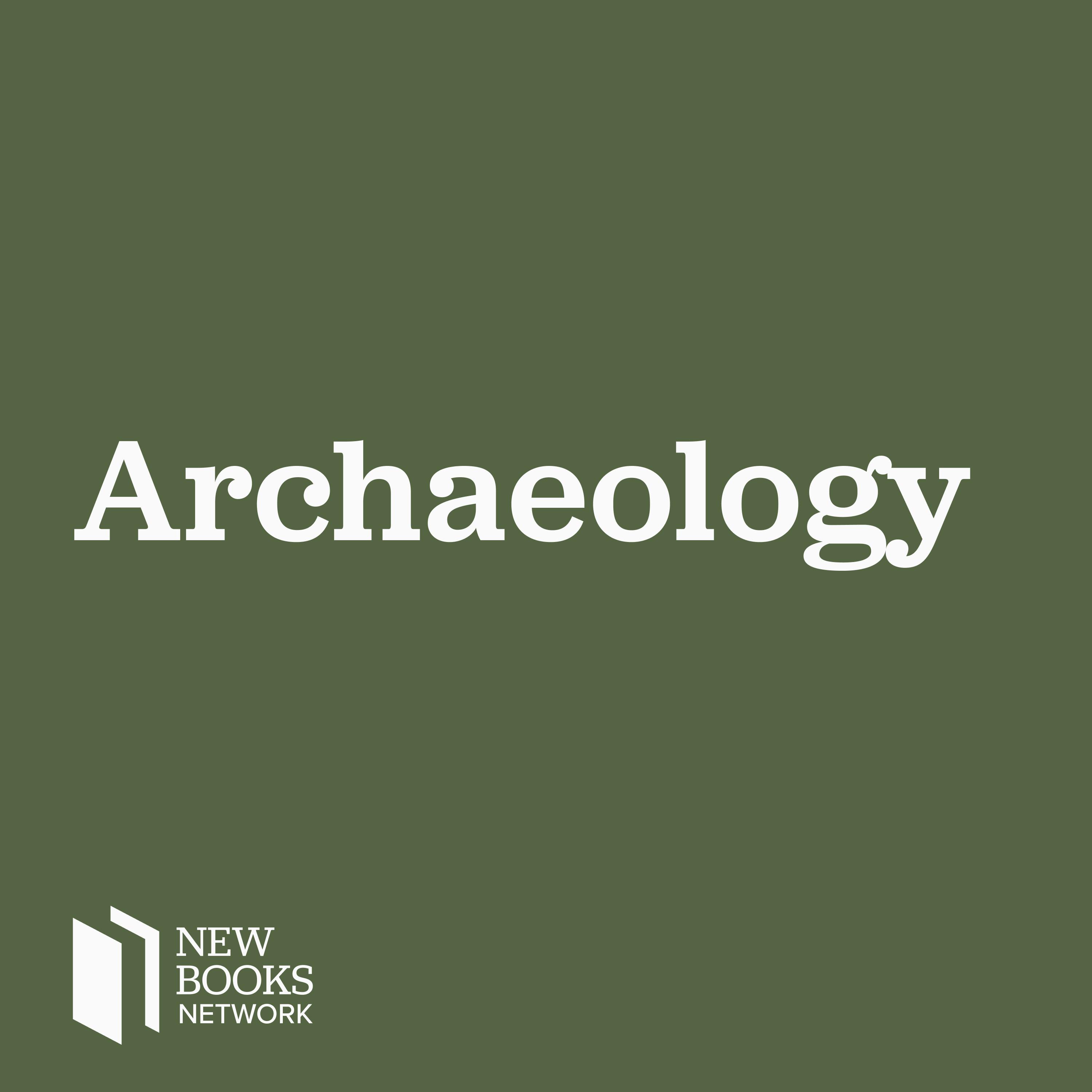Morgan Pitelka, "Reading Medieval Ruins: Urban Life and Destruction in Sixteenth-Century Japan" (Cambridge UP, 2022)
Description
The Japanese provincial city of Ichijōdani was destroyed in the civil wars of the late sixteenth century but never rebuilt. Archaeological excavations have since uncovered the most detailed late medieval urban site in the country. Drawing on analysis of specific excavated objects and decades of archaeological evidence to study daily life in Ichijōdani, Reading Medieval Ruins: Urban Life and Destruction in Sixteenth-Century Japan (Cambridge UP, 2022) illuminates the city's layout, the possessions and houses of its residents, its politics and experience of war, and religious and cultural networks. Morgan Pitelka demonstrates how provincial centers could be dynamic and vibrant nodes of industrial, cultural, economic, and political entrepreneurship and sophistication. In this study a new and vital understanding of late medieval society is revealed, one in which Ichijôdani played a central role in the vibrant age of Japan's sixteenth century.
Morgan Pitelka is Bernard L. Herman Distinguished Professor of Japanese History at the University of North Carolina at Chapel Hill.
Samee Siddiqui is a PhD Candidate at the Department of History, University of North Carolina at Chapel Hill. His dissertation explores discussions relating to religion, race, and empire between South Asian and Japanese figures in Tokyo from 1905 until 1945.
Learn more about your ad choices. Visit megaphone.fm/adchoices
Support our show by becoming a premium member! https://newbooksnetwork.supportingcast.fm/archaeology
More Episodes
Archaeology as a discipline has undergone significant changes over the past decades, in particular concerning best practices for how to handle the vast quantities of data that the discipline generates. As Shaping Archaeological Archives: Dialogues between Fieldwork, Museum Collections, and...
Published 05/19/24
Published 05/19/24
In Xiongnu: The World’s First Nomadic Empire (Oxford UP, 2024), Bryan K. Miller weaves together archaeology and history to chart the course of the Xiongnu empire, which controlled the Eastern Eurasian steppe from ca. 200 BCE to 100 CE. Through a close analysis of both material artifacts and...
Published 05/01/24


